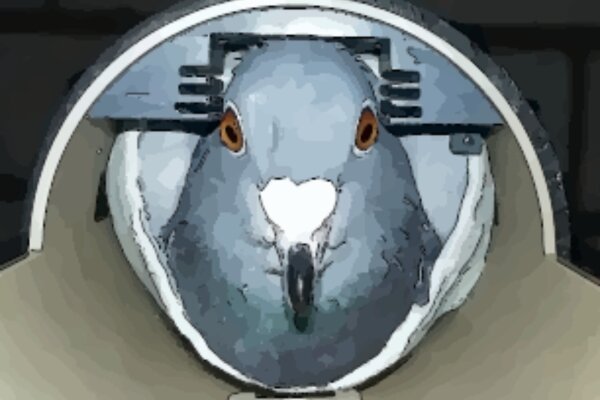2017-05-05

The majority of vertebrate models used in neuroscience are rodents (rats and mice), but increasingly bird species such as zebra finches and pigeons also are used. Whereas zebra finches as songbirds are an excellent model for vocal learning, pigeons typically are used to study mechanisms of learning and memory. However, pigeons also are increasingly tested with cognitive tasks assessing functions, such as sequence acquisition, equivalence learning, categorization, transitive inference, and even orthographic processing. In contrast to rodents, some bird species such as corvids additionally demonstrate high cognitive abilities that are equivalent to those of nonhuman primates. These include complex social interactions, future planning, tool and meta-tool use, mirror self-recognition, and physical problem-solving. To understand the functional and structural organization of the pigeon brain under different conditions, scientists of the Biopsychology Department of the Ruhr-University Bochum developed functional MRI protocols with high temporal resolution. Since transverse (T2) and longitudinal (T1) relaxation times play an important role in optimizing MRI parameters [e.g., contrast level, signal-to-noise ratio], they measured these values for the first time in awake pigeons and rats. The obtained T1 and T2 values for awake pigeons and rats and the optimized habituation protocol will augment future MRI studies with awake animals. The differences in relaxation times observed between species underline the importance of the acquisition of T1/T2 values as reference points for specific experiments.

The majority of vertebrate models used in neuroscience are rodents (rats and mice), but increasingly bird species such as zebra finches and pigeons also are used. Whereas zebra finches as songbirds are an excellent model for vocal learning, pigeons typically are used to study mechanisms of learning and memory. However, pigeons also are increasingly tested with cognitive tasks assessing functions, such as sequence acquisition, equivalence learning, categorization, transitive inference, and even orthographic processing. In contrast to rodents, some bird species such as corvids additionally demonstrate high cognitive abilities that are equivalent to those of nonhuman primates. These include complex social interactions, future planning, tool and meta-tool use, mirror self-recognition, and physical problem-solving. To understand the functional and structural organization of the pigeon brain under different conditions, scientists of the Biopsychology Department of the Ruhr-University Bochum developed functional MRI protocols with high temporal resolution. Since transverse (T2) and longitudinal (T1) relaxation times play an important role in optimizing MRI parameters [e.g., contrast level, signal-to-noise ratio], they measured these values for the first time in awake pigeons and rats. The obtained T1 and T2 values for awake pigeons and rats and the optimized habituation protocol will augment future MRI studies with awake animals. The differences in relaxation times observed between species underline the importance of the acquisition of T1/T2 values as reference points for specific experiments.